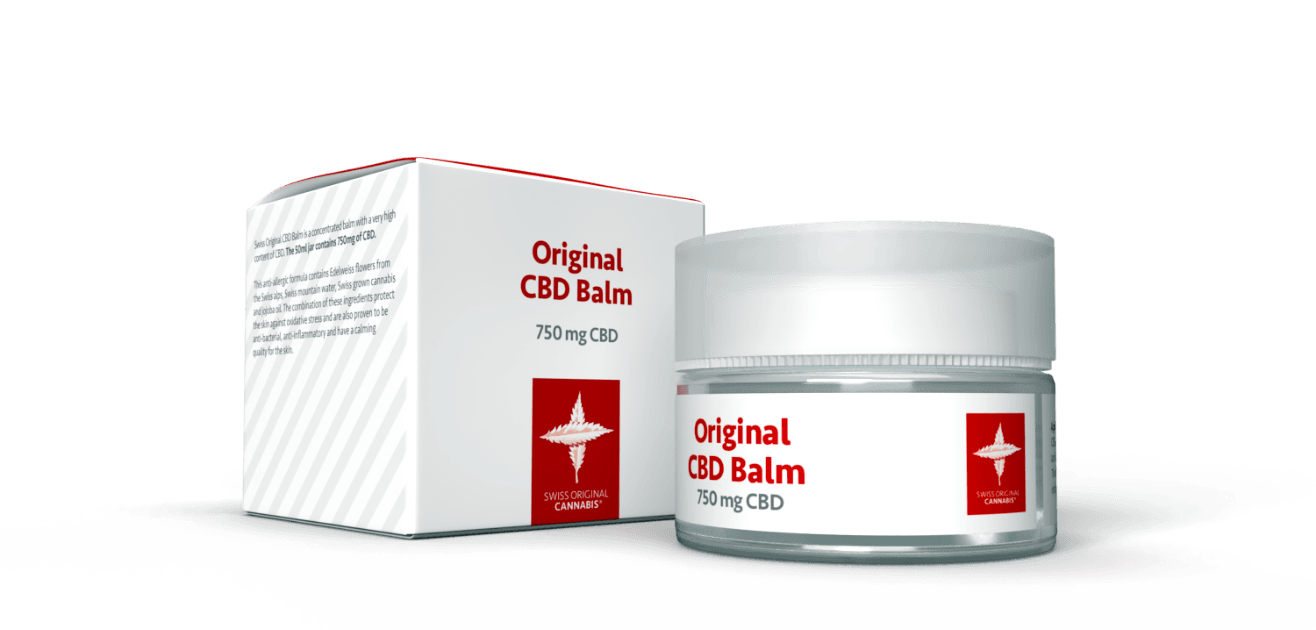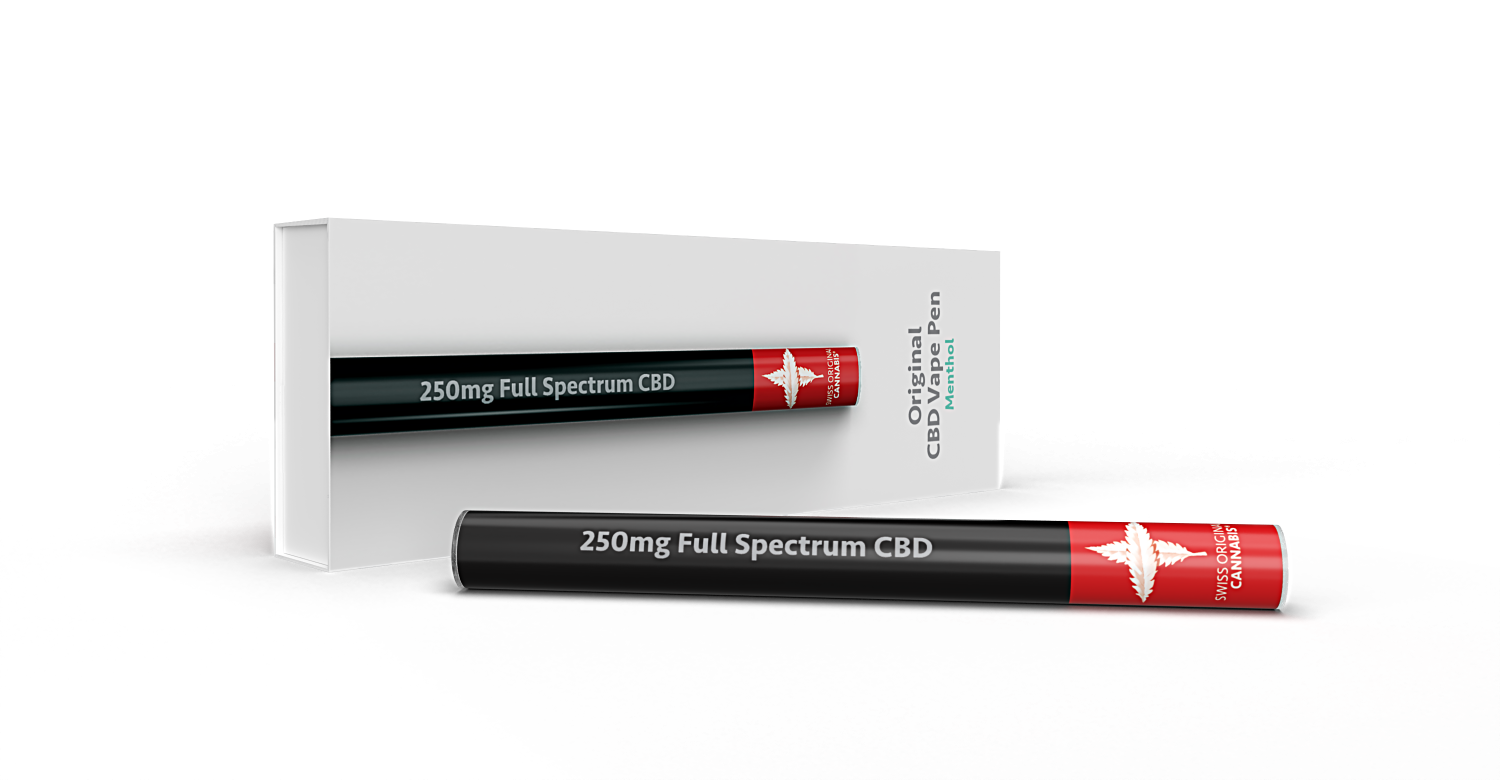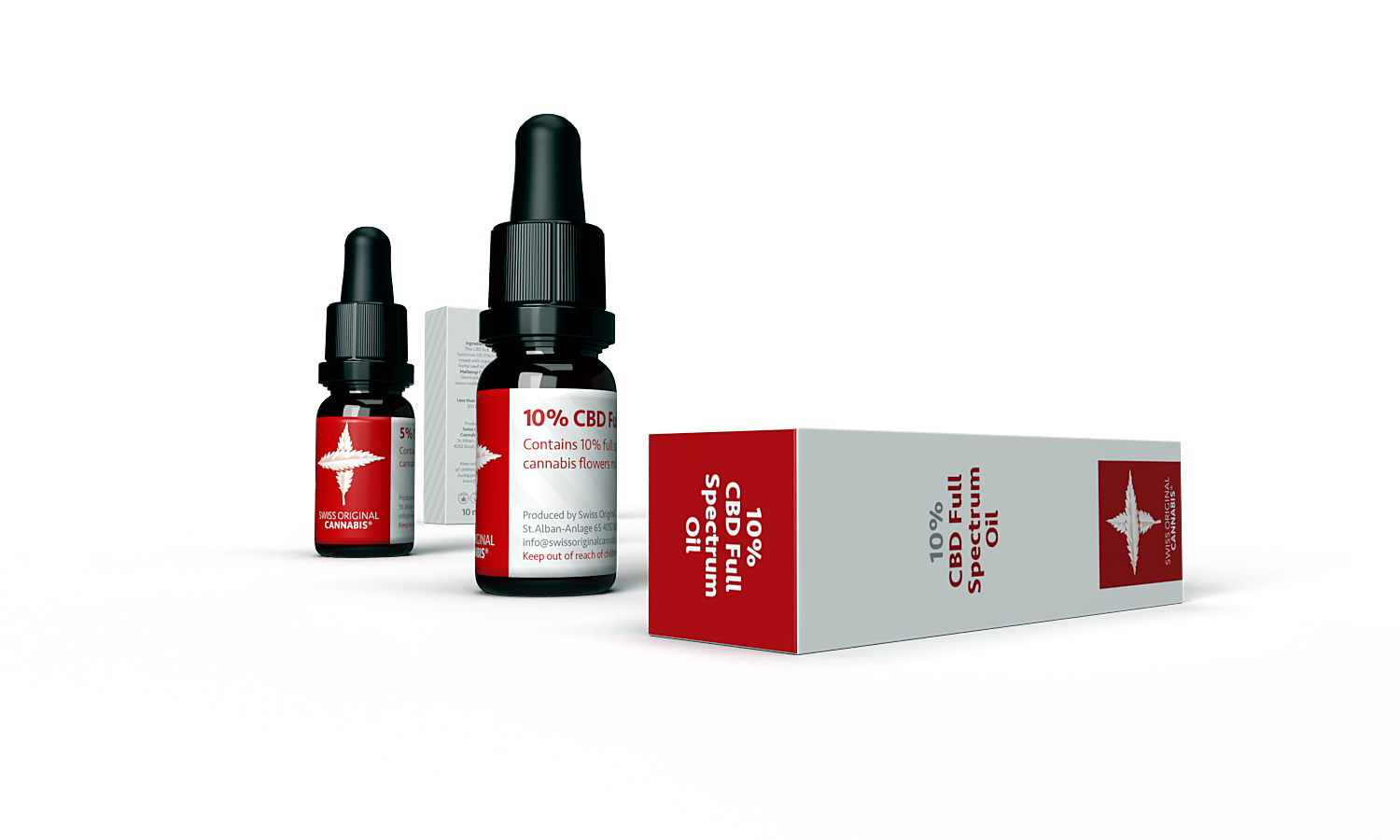Cannabidiol (CBD) is a naturally occurring compound found in the resinous flower of cannabis, a plant with a rich history as a medicine going back thousands of years. Today the therapeutic properties of CBD are being tested and confirmed by scientists and doctors around the world. A safe, non-addictive substance, CBD is one of more than a hundred “phytocannabinoids,” which are unique to cannabis and endow the plant with its robust therapeutic profile.
CBD is closely related to another important medicinally active phytocannabinoid: tetrahydrocannabinol (THC), the compound that causes the high that cannabis is famous for. These are the two components of cannabis that have been most studied by scientists.
Both CBD and THC have significant therapeutic attributes. But unlike THC, CBD does not make a person feel “stoned” or intoxicated. That’s because CBD and THC act in different ways on different receptors in the brain and body.
CBD can actually lessen or neutralize the psychoactive effects of THC, depending on how much of each compound is consumed. Many people want the health benefits of cannabis without the high – or with less of a high.
The fact that CBD is therapeutically potent as well as non-intoxicating, and easy to take as a CBD oil, makes it an appealing treatment option for those who are cautious about trying cannabis for the first time.
Medical patients swear by it. Researchers are intrigued by it. Government regulators are flustered by it. And investors are head over heels for it.
CBD oil is the It-Medicine of the moment.
A few years ago, hardly anyone knew about CBD oil. Today there’s a huge demand for it. Millions of people are taking CBD oil as a health supplement. But what exactly is it? Where does it come from? How is it made? And what should you know before you buy it?
WHERE DOES CBD OIL COME FROM
Cannabidiol (CBD) is one of more than 100 unique “cannabinoid” compounds that are found in the oily resin of the cannabis plant. The sticky, gooey resin is concentrated on the dense clusters of cannabis flowers, commonly called “buds,” which are covered by tiny, mushroom-shaped “trichomes.” This is where the magic happens.
Trichomes are specialized glandular structures that contain a treasure trove of oily, medicinal compounds, including CBD, tetrahydrocannabinol (THC), and various aromatic terpenes. Why does cannabis create these oily compounds? What does the resin do for the plant?
The oily trichomes protect the plant from heat and ultraviolet radiation. The oil also has antifungal, antibacterial and insecticidal properties that deter predators. The stickiness of the resin provides another defensive layer by trapping bugs.
As it happens, the same oily resin that protects the health of the plant includes components that are beneficial for human health. CBD, a non-intoxicating compound, has shown promise in treating and managing the symptoms of a broad range of diseases. Ditto for THC, CBD’s intoxicating cousin.
HOW IS CBD OIL MADE?
To make CBD oil, one must start with CBD-rich plant material. There are several ways to extract CBD oil from cannabis. Each method has its pros and cons. Some are safer and more effective than others.
After it is extracted from the plant and the solvent is removed, the CBD oil may be refined and formulated into a variety of consumable products – edibles, tinctures, gel caps, vape oil cartridges, topicals, beverages, and more.
The purpose of an extraction is to make CBD and other beneficial components of the plant (such as terpenes) available in a highly concentrated form. Because cannabinoids are oily by nature, separating CBD from the plant material will produce a thick, potent oil. The texture and purity of the oil depends largely on the method used to extract it.
CBD and the other plant cannabinoids are chemically classified as “terpenophenolic” compounds. To the non-scientists among us, this means that CBD is soluble in both oil and alcohol. Thus, the process of extracting CBD oil from cannabis often entails the use of a solvent that’s good at dissolving an oil or an alcohol-based compound. Solvents that are commonly used to extract CBD from cannabis include supercritical CO2, ethanol, hydrocarbons (such as butane) and olive oil.
CO2 EXTRACTION OF CBD OIL
CO2 extraction is the most prevalent commercial method – as well as one of the safest ways – of separating CBD and other cannabinoids from cannabis biomass. At room temperature, carbon dioxide is a gas. But under high pressure and fluctuating temperature, CO2 liquifies while still maintaining the fluid dynamics of a gas. In this “supercritical” state, CO2 acts like a solvent, which flushes out the active ingredients from the plant matter.
This method is very effective because each compound can only be extracted by CO2 under specific conditions. Slight changes in temperature or pressure in a supercritical state allows for fine-tuning the extraction of CBD and other desirable plant components.
As the pressure drops, a crude, waxy, CBD-rich substance, golden in color, separates from the gas and deposits into a collection vessel. Afterwards, the golden oil undergoes a process known as “winterization,” which purifies and refines the extract to increase its quality and value. The plant waxes, which are not appropriate to include in certain kinds of products, are filtered out, resulting in a safe, clean, CBD-rich oil that is free of chlorophyll.
Supercritical CO2 extraction requires expensive equipment and a steep operational learning curve. But unlike combustible solvents, such as ethanol or butane, CO2 poses no danger of fire or explosion.





